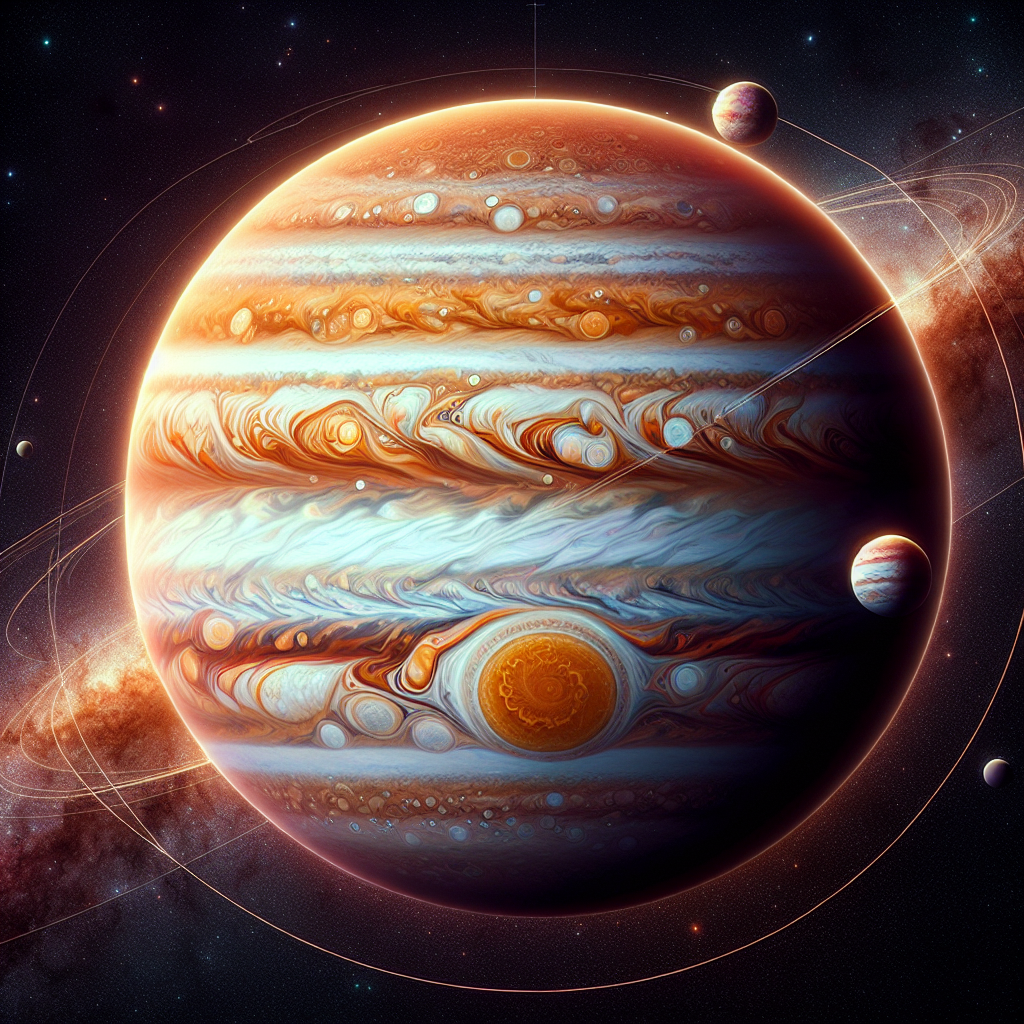The Cosmic Dance of Discovery
Every now and then, the cosmos whimsically reminds us that our celestial dance card is far from full. The discovery of new moons around Jupiter is a perfect example of this ongoing cosmic ballet. With each new moon found, our understanding of the Jovian system—Jupiter and its extensive family of moons—deepens, offering fresh insights into its origins, evolution, and the dynamic processes shaping our solar system.
Why Finding New Moons Matters
The recent spotting of additional moons orbiting Jupiter isn’t just a routine checkmark in an astronomer’s logbook. It’s a revelation that pushes the boundaries of our knowledge and challenges our understanding of planetary systems. These moons vary in size and orbit, suggesting a complex history of collisions and captures—a celestial drama spanning billions of years. This discovery, courtesy of sharp-eyed telescopes and the tireless vigilance of astronomers, provides crucial data that could explain cosmic phenomena beyond our solar neighborhood.
The Role of Technology in Moon Discovery
Technological advancements in telescopes and imaging techniques have been pivotal. High-resolution cameras, faster computing, and better data algorithms allow astronomers to spot these distant, often dim objects. Every new technology gives us a clearer view, turning what were once mere points of light into worlds of their own, each with stories to tell.
What Each New Moon Teaches Us
Every new moon around Jupiter can be a Rosetta Stone, helping to decrypt the history and evolution of our solar system. These moons provide clues about the material from which our solar system was formed. Their orbits can reveal the processes that might have led to their current positions, offering insights into the past dynamics of the Jovian system. Additionally, these moons might also help us understand more about the potential habitability of moons surrounding the gas giants like Jupiter and Saturn.
Implications for Future Space Missions
The discovery of new moons around Jupiter fuels the fire of curiosity and sets the stage for future missions. For instance, NASA’s Europa Clipper mission is set to explore Jupiter’s moon Europa, but knowledge gained from new moons could redefine objectives or spawn entirely new missions. Each moon is a new world, a new environment that could hold keys to understanding more about our own planet and perhaps the life that might exist beyond it.
Reflecting on the Unseen
When we find new moons, we’re reminded of the vastness of the unseen, the worlds that exist just beyond our reach and our vision. It nudges the imagination, asking what else is out there waiting to be discovered. The dance of these moons around Jupiter is a cosmic pattern we’re just beginning to understand, and each discovery is a step towards unraveling the universe’s myriad mysteries.
As we continue to gaze up and chart the heavens, each new moon around Jupiter isn’t just a discovery—it’s an invitation to wonder, to explore, and to dream about the unseen worlds that await us, just waiting to tell their stories.


